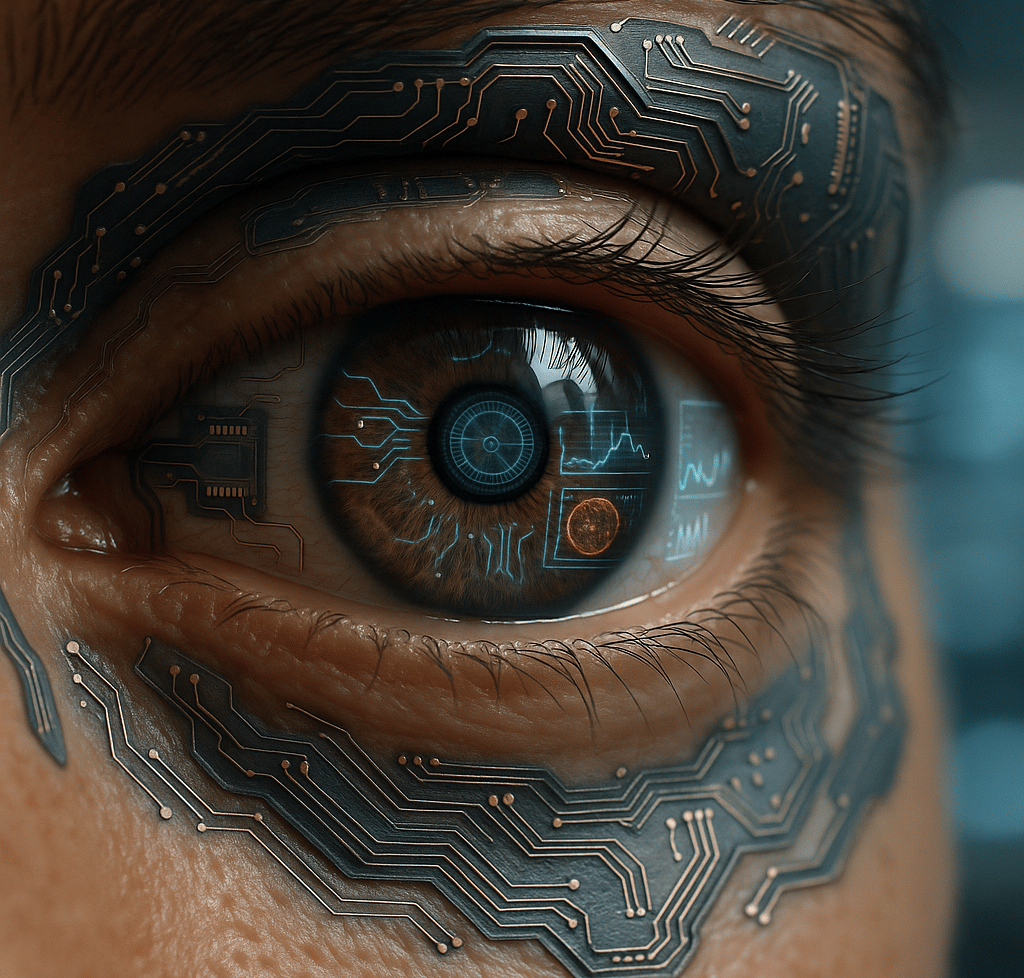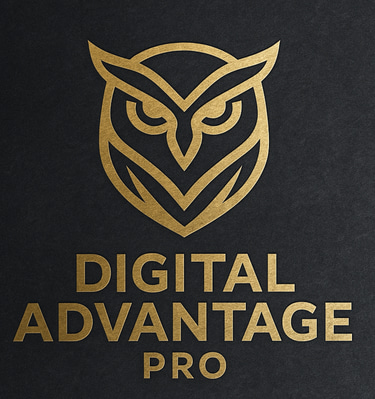AI in Ophthalmology Poised for $1.36B Growth
AI in ophthalmology market projected to reach $1.36 billion by 2030, driven by eye disease prevalence, imaging tech advances, and telemedicine, fostering personalized care and remote diagnostics globally.
AITECHNOLOGYHEALTH CARE
Eric Sanders
7/22/20254 min read


AI Revolution in Ophthalmology: Transforming Eye Care for a New Era
It constantly feels that our world where technology feels like it’s sprinting ahead of humanity’s grasp, the infusion of artificial intelligence (AI) into the field of ophthalmology stands out as profoundly necessary. The AI in ophthalmology market is projected to skyrocket to $1.36 billion by 2030. AI changes reflect a noticeable shift driven by complex factors such as the rising prevalence of eye diseases, monumental advances in imaging technologies, and the rapid adoption of telemedicine. Together, these forces seem to be setting the stage for an evolution in how we diagnose, treat, and even understand ocular health for the better.
AI Creates Promising Change in Eye Care
Let me be clear: eye diseases affects so many of us, and it's affecting a growing, aging global population. Conditions like diabetic retinopathy, glaucoma, age-related macular degeneration (AMD), and cataracts are no longer confined to isolated incidents and have become critical public health concerns. The World Health Organization estimates that over a billion people worldwide live with some form of visual impairment, many of which could be detected or even prevented with timely intervention.
Traditional approaches to eye care do have their limits. Human expertise, while invaluable, is constrained by time, availability, and subjectivity. Enter AI. Sophisticated algorithms now can analyze vast datasets of retinal scans, identify subtle changes invisible to the human eye, and predict disease progression with astonishing accuracy.
An article on Yahoo Finance aptly highlights, “The integration of AI in ophthalmology is fostering personalized care and remote diagnostics globally.” Artificial intelligence enables clinicians to offer a level of precision and scalability never before imagined, expanding access to underserved populations.
Seeing the Problem Eye to Eye
I’ve witnessed first-hand how technology can change the narrative of disease management. A close family member was diagnosed too late with diabetic retinopathy, leading to severe vision loss. Had these AI tools been available even a few years ago, early detection could have preserved their sight. And for me what’s powerful (and a bit humbling) is recognizing the role AI plays beyond the devices and screens. It’s about layered intelligence: technology amplifies human experience rather than replaces it as I've said previously. I envision a future where an ophthalmologist can use AI to parse through thousands of retinal images in minutes while crafting a personalized treatment plan that is more accessible and cheaper to provide to the masses. Take telemedicine, for example. Remote ophthalmic consultations, bolstered by AI have made it possible for patients in rural or underserved communities to receive expert diagnostic evaluations without traveling miles or waiting months.
What’s Driving This Surge?
To understand why the AI ophthalmology market is poised to soar to $1.36 billion by 2030, we need to look at three driving forces:
- Prevalence of Eye Diseases: The frequency of chronic eye conditions is escalating worldwide, fueled by diabetes, aging, and lifestyle factors. Early diagnosis is crucial, but traditional screening is labor-intensive and not uniformly accessible.
- Advances in Imaging Technologies: Innovations such as Optical Coherence Tomography (OCT) and fundus photography provide detailed, high-resolution visualization of the retina. AI-powered image analysis can detect minute anomalies, enabling earlier intervention.
- Telemedicine Expansion: The COVID-19 pandemic accelerated acceptance of telehealth. Combining telemedicine with AI supports remote monitoring and diagnosis, overcoming geographic and socioeconomic barriers.
Together, these factors create a rich ecosystem for AI integration, making eye care more proactive, precise, and inclusive for everyone.
Embracing AI as a Tool for Better Eye Health
The rapid growth of AI in ophthalmology offers valuable lessons I think. It's not just for medical professionals but for anyone invested in health innovation:
- AI is a Partner, Not a Replacement: The best outcomes arise when AI supports clinical decision-making. Doctors remain essential to interpreting AI’s insights within holistic patient contexts.
- Data is Power: Quality data inputs yield better AI performance. Consistent, accurate imaging and patient records enhance diagnostic certainty.
- Access Expands with Innovation: Teleophthalmology challenges traditional access limitations, ensuring no one is left behind because of geography or resource scarcity.
- Personalization Changes the Game: AI’s ability to tailor treatment plans based on individual risk profiles and disease trajectories marks a huge leap beyond one-size-fits-all models.
In an industry where timing can mean the difference between vision preservation and loss, I think these lessons emphasize the transformative potential of enabling AI in all cases of healthcare is a good think, of course done thoughtfully and carefully.
AI Surge: Is It More Than Just Market Numbers?
Behind the projected $1.36 billion market valuation lies a mammoth human narrative. Every innovation in AI-driven eye care translates into preserved memories, sustained independence, and lives lived fully. It’s tempting to think in abstract terms about dollars and market growth, but the stakes are deeply personal for so many individuals who suffer any form of degraded eye health. Can you imagine a child in a remote village receiving a retinal screening through a mobile AI-enabled device and avoiding blindness? Or what about elderly patients maintaining their ability to read, drive, or recognize faces, all because AI facilitated earlier diagnosis and intervention? I find this kind of promising growth in AI to be so inspirational for everyone.
If the technology serves one purpose, it’s to keep the window to the world, the eyes, open a little longer, a little wider, for as many people as possible.
How Will AI Shape Your Vision of the Future?
As AI redefines ophthalmology, it challenges us to rethink both care delivery and our expectations of technology. But the question remains: How accessible and equitable will these AI breakthroughs become?
Will healthcare systems prioritize democratizing AI tools to reach the hardest-to-serve populations? Or will this wave of innovation deepen existing disparities, confining cutting-edge care to privileged pockets?
As someone who cares about vision loss and the promise of technology, I'll leave you with this final though to ponder: Who benefits when AI becomes the norm in eye care, and how can we ensure no one’s sight is left behind? The future is being coded now, pixel by pixel. What role will you play in it?
Efficiency
Transform your workflows and reclaim your time.
Contact Us
Need A Custom Solutions? Lets connect!
eric.sanders@thedigiadvantagepro.com
772-228-1085
© 2025. All rights reserved.
